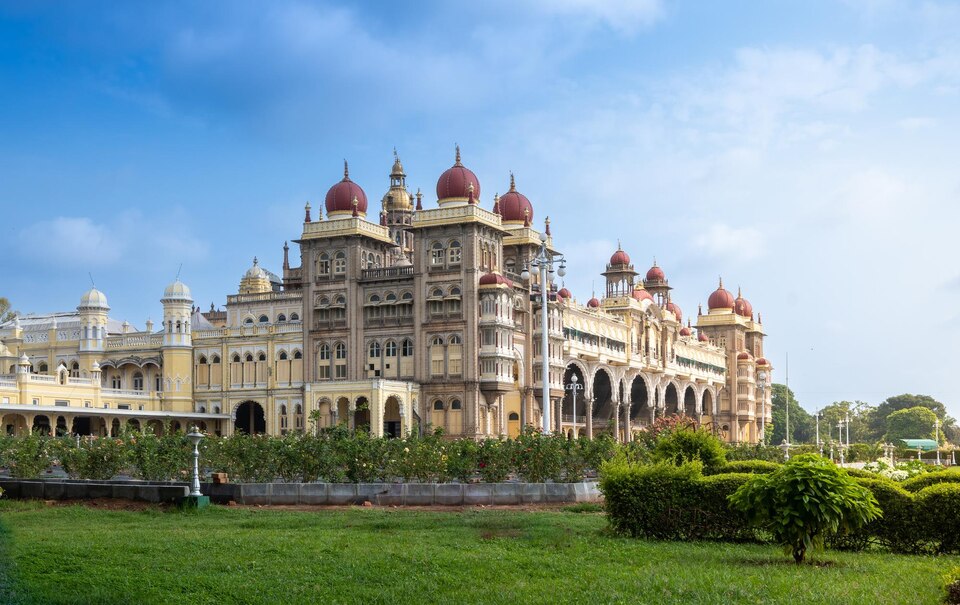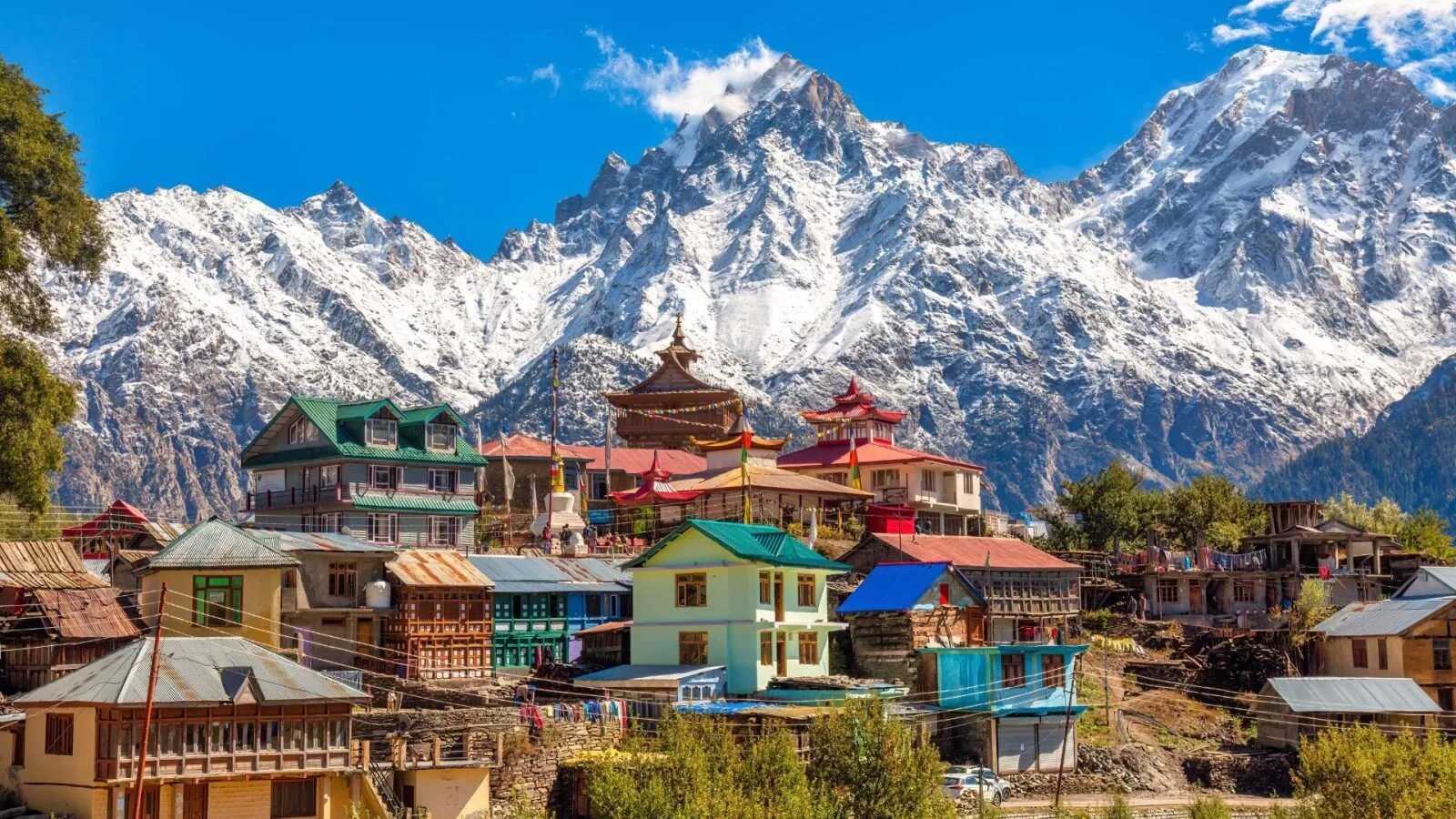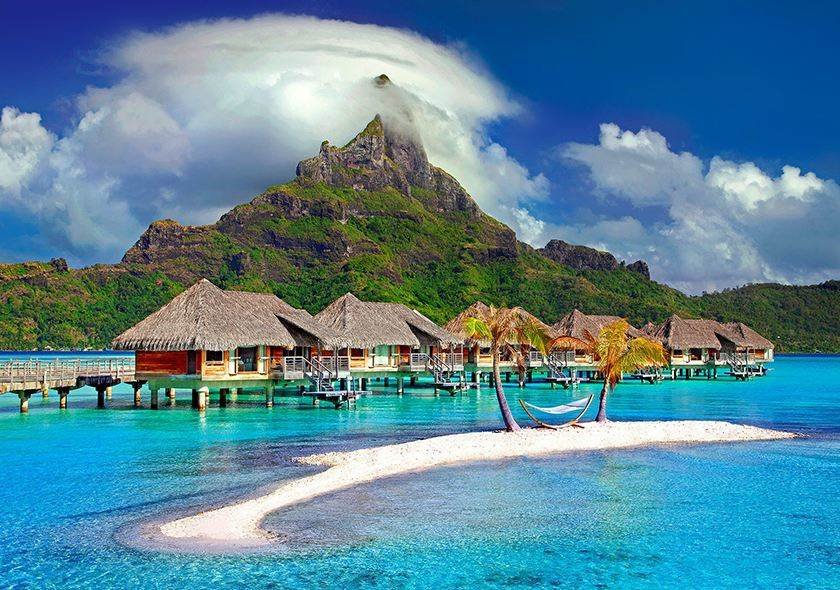Arunachal Pradesh
- Home
- Arunachal Pradesh
Arunachal Pradesh Travel Guide
About Arunachal Pradesh Tourism
Arunachal Pradesh, often referred to as the “Land of the Rising Sun,” is a spectacular state in Northeast India known for its pristine natural beauty, tribal culture, spiritual heritage, and breathtaking landscapes. Bordered by Bhutan to the west, China to the north and northeast, Myanmar to the east, and the Indian states of Assam and Nagaland to the south, Arunachal is India’s northeastern frontier and an emerging hub for ecotourism and cultural exploration.
The state is home to the Eastern Himalayas, snow-clad mountains, dense forests, rivers like the Siang and Subansiri, exotic wildlife, and more than 26 major tribes and 100+ sub-tribes, each with its own unique customs, languages, festivals, and traditions. It is a land of spiritual legends, sacred monasteries, and mystical valleys. Arunachal offers travelers a chance to disconnect from urban chaos and reconnect with nature, spirituality, and authentic indigenous lifestyles.
From the ancient Tawang Monastery to the scenic Ziro Valley and the challenging treks of Mechuka, this unexplored gem remains one of the most peaceful and enriching destinations in India.
Winter (October to March): This is the best time to visit Arunachal Pradesh. The skies are clear, the air is crisp, and the snow-capped peaks enhance the scenic beauty. Tawang, Bomdila, and Dirang are especially picturesque during this time.
Spring and Summer (April to June): Ideal for trekking, sightseeing, and attending cultural festivals. The weather remains cool to moderately warm, and places like Ziro Valley and Itanagar are very pleasant.
Monsoon (July to September): The region receives heavy rainfall, which can lead to roadblocks and landslides. However, it also brings lush greenery and vibrant natural beauty. Travel is less recommended unless you are prepared for unpredictable weather.
By Air:
- The state’s only airport with scheduled flights is Tezu Airport, and new airports are being developed.
- Donyi Polo Airport in Itanagar has begun operations recently and connects to major cities like Kolkata and Guwahati.
- Lokpriya Gopinath Bordoloi Airport (Guwahati, Assam) and Lilabari Airport (Assam) serve as major gateways, followed by road journeys into Arunachal.
By Rail:
- The railway line to Naharlagun (near Itanagar) connects with major cities like Guwahati, Tinsukia, and New Delhi.
- Trains to Harmuti Station in Assam also serve as access points to parts of Arunachal.
By Road:
- Arunachal has a growing network of roads, and entry is primarily via Assam.
- Buses and taxis operate from cities like Guwahati, North Lakhimpur, and Tezpur.
- Inner Line Permit (ILP) is required for Indian citizens and can be obtained online or at entry checkpoints.
- Tawang:
Situated at over 10,000 feet above sea level, Tawang is famous for the Tawang Monastery, the largest in India and second-largest in the world. Other highlights include Sela Pass, Madhuri Lake (Shonga-tser Lake), and Gorichen Peak. - Ziro Valley:
A UNESCO Tentative World Heritage Site, Ziro is known for its scenic rice fields, Apatani tribal villages, pine-clad hills, and the famous Ziro Music Festival, attracting indie artists and travelers from across the country. - Bomdila:
Offering majestic views of snow-capped Himalayan ranges, Bomdila is known for its Buddhist monasteries, apple orchards, and colorful local markets. - Dirang:
A peaceful valley town en route to Tawang, Dirang is famous for its hot water springs, kiwi and apple farms, and the Dirang Dzong (fortified village). - Itanagar:
The state capital is home to the Ita Fort, Ganga Lake (Geker Sinying), Jawaharlal Nehru Museum, and vibrant tribal communities. - Mechuka:
Close to the Indo-China border, Mechuka is a hidden paradise with Buddhist monasteries, wooden houses, and the Samten Yongcha Monastery, believed to be older than Tawang’s. - Pasighat:
The oldest town in Arunachal, located on the banks of the Siang River. It’s great for river rafting, angling, and exploring tribal culture. - Namdapha National Park:
One of India’s largest protected areas and biodiversity hotspots, Namdapha is home to snow leopards, clouded leopards, red pandas, and over 500 bird species. - Roing:
Known for lakes, waterfalls, and ancient archaeological sites like Bhishmaknagar Fort and Mayodia Pass, Roing offers cultural depth and natural beauty. - Aalo (Along):
Surrounded by valleys and orange orchards, Aalo is the cultural heart of the Galo tribe and a great base for exploring the Siyom River and local festivals.
- Visit Monasteries:
Explore the spiritual serenity of Tawang Monastery, Gontse Gaden Rabgyel Lling Monastery (Bomdila), and smaller Gompas spread across the region. - Attend Local Festivals:
Celebrate tribal culture at Losar (Tibetan New Year), Dree Festival (Apatani), Mopin (Galo), Nyokum Yullo (Nyishi), and Solung (Adi) with traditional dances, food, and rituals. - Trekking and Hiking:
Popular treks include Bailey Trail, Talle Valley Trek (Ziro), Mechuka Pass Trek, and Sela-Chakzam Trek. - Wildlife Safari:
Go on safaris in Namdapha National Park and Pakke Tiger Reserve to witness exotic flora and fauna in their natural habitat. - River Adventures:
Enjoy river rafting, angling, and boating in rivers like Siang, Dibang, and Lohit. Pasighat and Daporijo are popular for water activities. - Cultural Village Tours:
Visit traditional villages of tribes like Apatani (Ziro), Monpa (Tawang), Adi (Pasighat), and Galo (Aalo) to learn about indigenous customs, food, and crafts. - Photography and Birdwatching:
Capture rare birds, butterflies, orchids, and scenic landscapes. Eagle’s Nest Sanctuary and Ziro Valley are hotspots. - Hot Springs and Natural Baths:
Relax in the hot springs of Dirang and Thingbu for a rejuvenating natural spa experience. - Explore Caves and Waterfalls:
Adventurers can explore caves like Krem Liat Prah and waterfalls in the Tirap and Lohit regions. - Try Local Cuisine:
Savor dishes like Thukpa, Zan, Apong (rice beer), bamboo shoots, smoked pork, and millet bread made using organic, locally grown ingredients.
Arunachal Pradesh remains one of India’s last unexplored frontiers—a sanctuary of untouched landscapes, ancient spirituality, and indigenous harmony. Whether it’s meditating in a centuries-old monastery, trekking through dense bamboo forests, living with a tribal family, or standing beneath a snowy Himalayan pass, the experiences here are as enriching as they are unforgettable. For travelers seeking authenticity, peace, and nature in its purest form, Arunachal Pradesh promises a journey like no other.
Why Choose TAT for Arunachal Pradesh?
Experienced
Certified
Happy Customers
Local Offices
Frequently Asked Questions
Yes, Indian citizens require an Inner Line Permit (ILP), and foreign nationals need a Protected Area Permit (PAP) to enter Arunachal Pradesh.
Tawang Monastery, Ziro Valley, Bomdila, Sela Pass, and Namdapha National Park are popular tourist spots.
October to April is ideal for visiting, especially if you want to experience snow or attend cultural festivals like Losar.
The nearest airport is in Tezpur or Guwahati (Assam). From there, you can travel by road. There’s also a railway station in Naharlagun near Itanagar.
Yes, it is safe for tourists. Just ensure proper permits and travel planning, especially in remote areas.
The state has over 25 indigenous tribes, each with distinct traditions. It is known for tribal dances, handloom, and Buddhist influence in the west.



